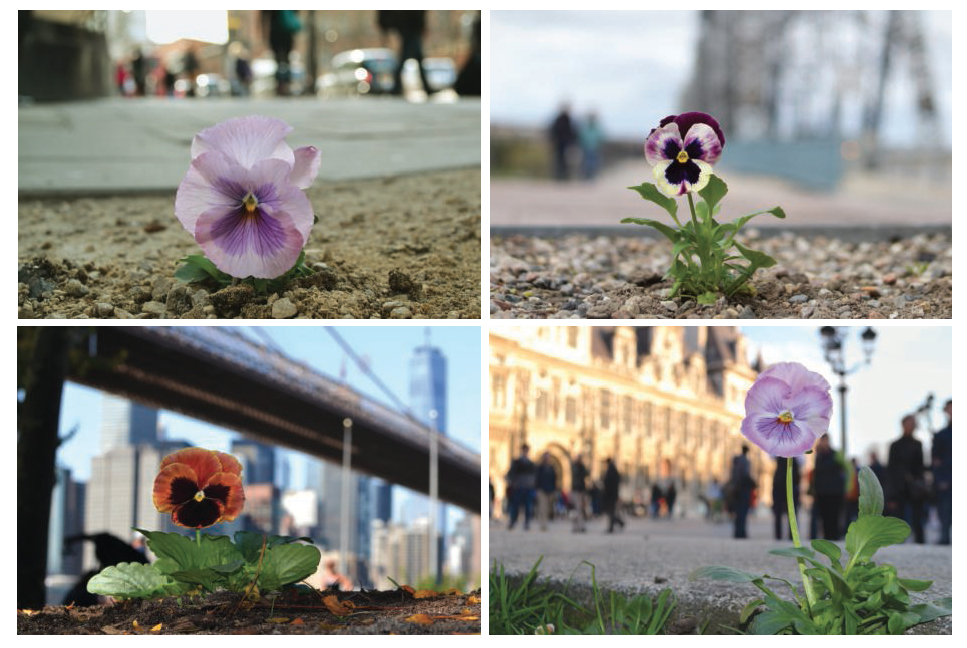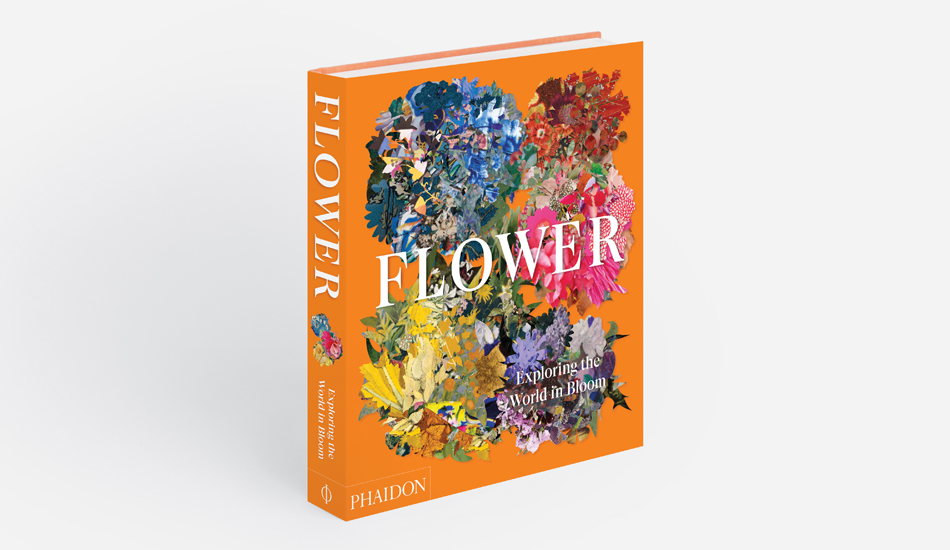
The Flowers fighting hate crimes
Flower describes how one photographer is attempting to cultivate personal growth and wider positivity
The petals of spring and summer have well and truly dropped, but in our new book Flower: Exploring the World in Bloom, they’re just bursting into life. This exquisitely conceived new title brings together some of the most important, impressive and absolutely beautiful floral images ever committed to canvas, film, sculpture or screen. These vary from classic works by such artists as Diego Rivera, Alexander Calder, and Pierre-Auguste Renoir, through to contemporary masterpieces by David Shrigley, Gerhard Richter and Takashi Murakami.
Many of the images in the book enhance and emphasise the position flowers already occupy in our culture, as signifiers of natural beauty. Yet one particular work undermines the use of a certain flower’s name as a term of abuse. Here’s how our new book describes this project.
“These lonely pansies blooming at the edges of busy sidewalks are portraits of both fragility and defiance. The flowers did not grow spontaneously, but rather were planted by British photographer Paul Harfleet to mark the site of homophobic abuse. The Pansy Project began in 2005 – marking ten years, nearly to the day, of an incident where Harfleet and his partner endured a series of verbal homophobic attacks in Manchester, England. To the photographer, situating a living plant where the abuse occurred can change the energy of the location - it replaces the negative memories associated with that place, adding a sense of positivity and the possibility of personal growth.

“In the English language, the word ‘pansy’ is often used as a derogatory term for gay man and has been laden with negative connotations of being effeminate, weak or frail. In the mid-fifteenth century, the flower came to designate a man who thinks ‘too much’, perceived as a feminine attribute. The analogy emerged from the word French pensée – the past tense of ‘to think’ – which well suited the pansy, with its bowing head suggesting a pensive demeanour, but it wasn’t until the late 1920s that the word was used as a pejorative remark. Harfleet has created an extensive collection of photographs for The Pansy Project, with approximately 300 sites worldwide. The title of each photograph is a direct quote from the abuse hurled at its victim, while the colours and flamboyant petals of each solitary pansy signal hope for a better world.”
Fascinating story, yes? And Flower is full of them. To see how Paul’s pansies fit into the wider sweep of floral art produced throughout the ages, order a copy here.